GEOL 100 Igneous Rocks
1/21
There's no tags or description
Looks like no tags are added yet.
Name | Mastery | Learn | Test | Matching | Spaced |
|---|
No study sessions yet.
22 Terms
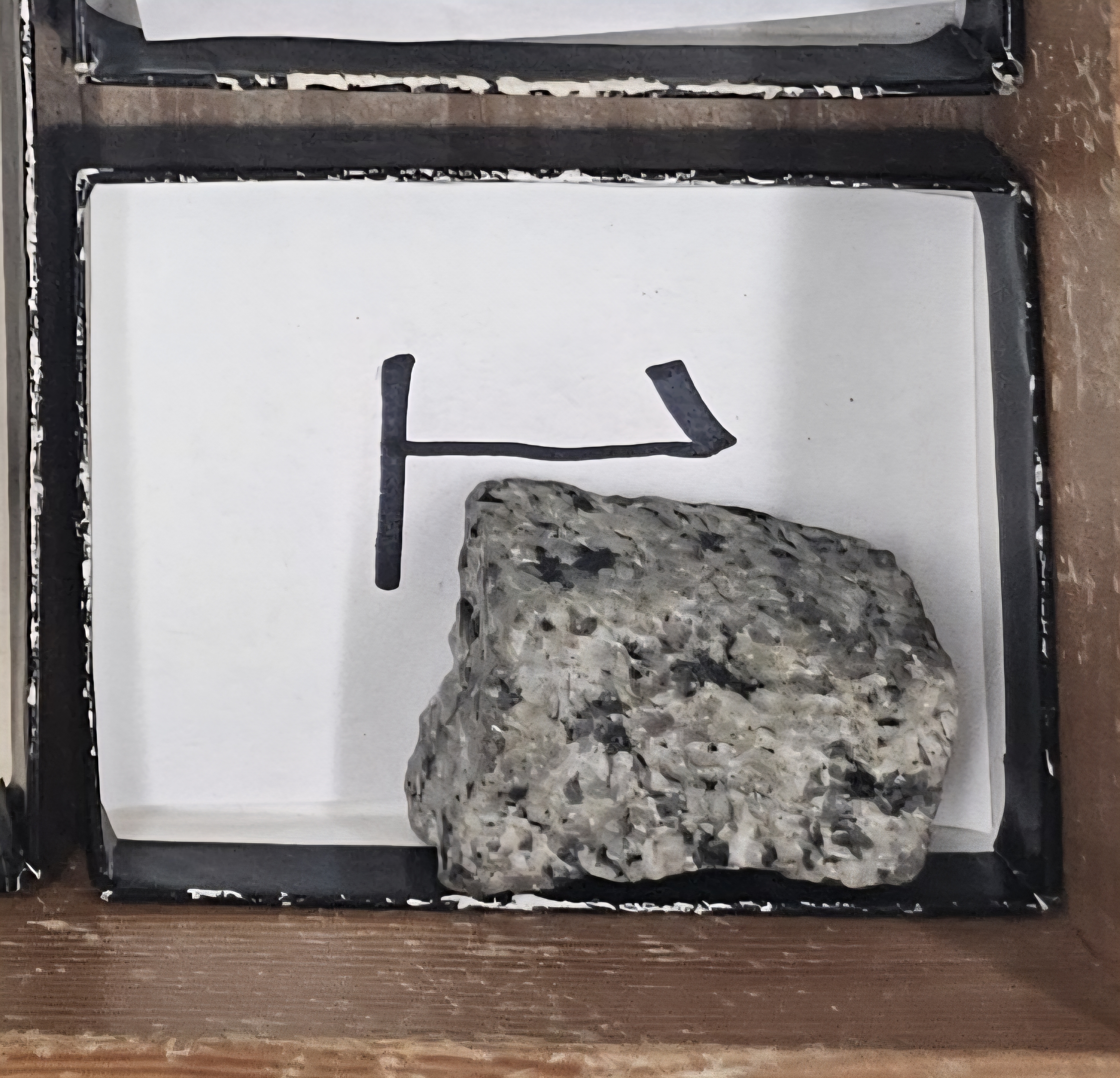
Mode of Cooling: Intrusive
Texture: Phanateric
Mineral Composition: Felsic
Ex. Note: Has black/gray/white/pink dalmatian pattern
Granite
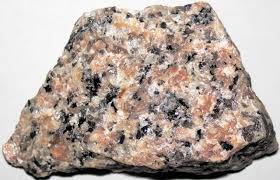
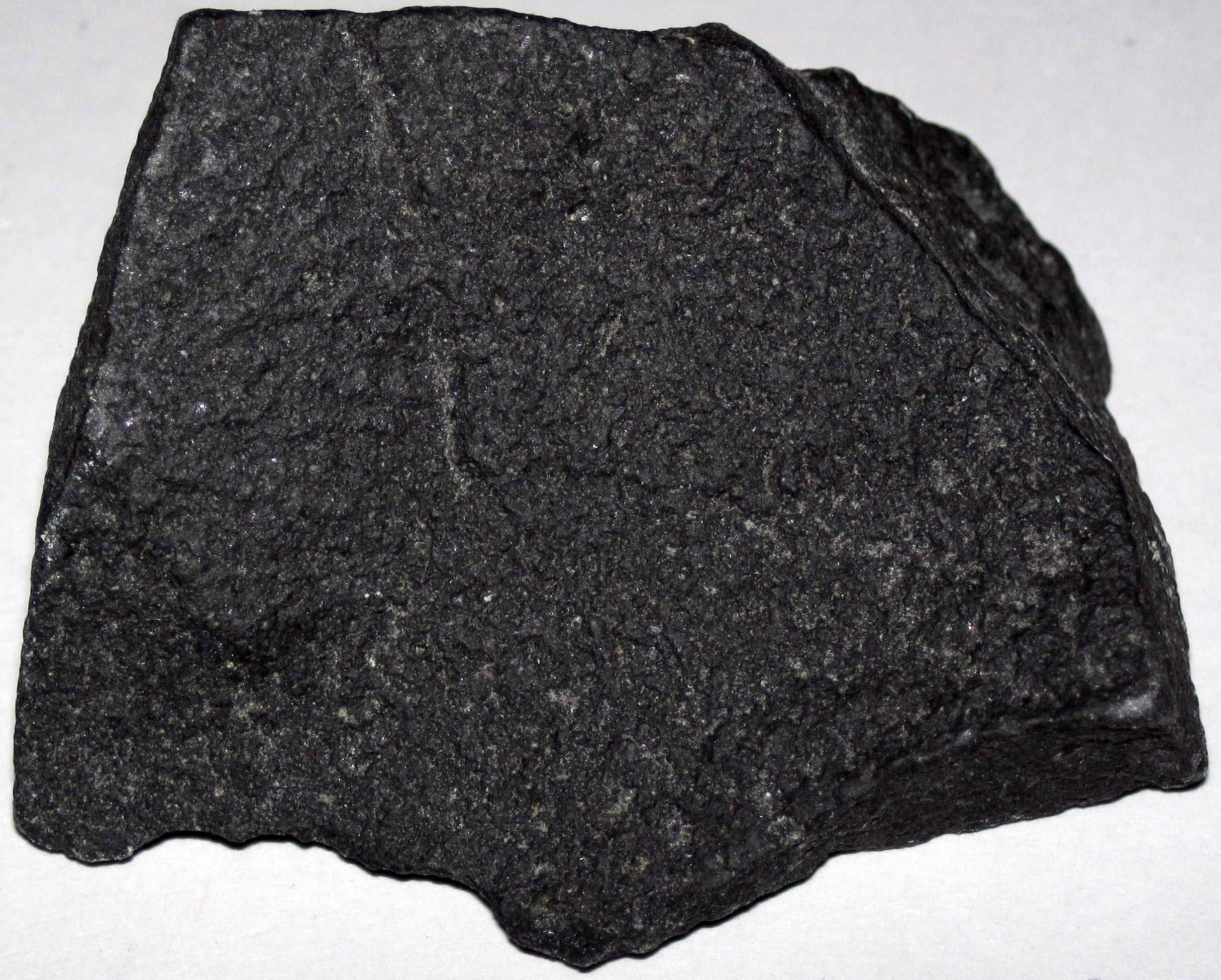
Mode of Cooling: Extrusive
Texture: Aphanetic
Mineral Composition: Mafic
Basalt
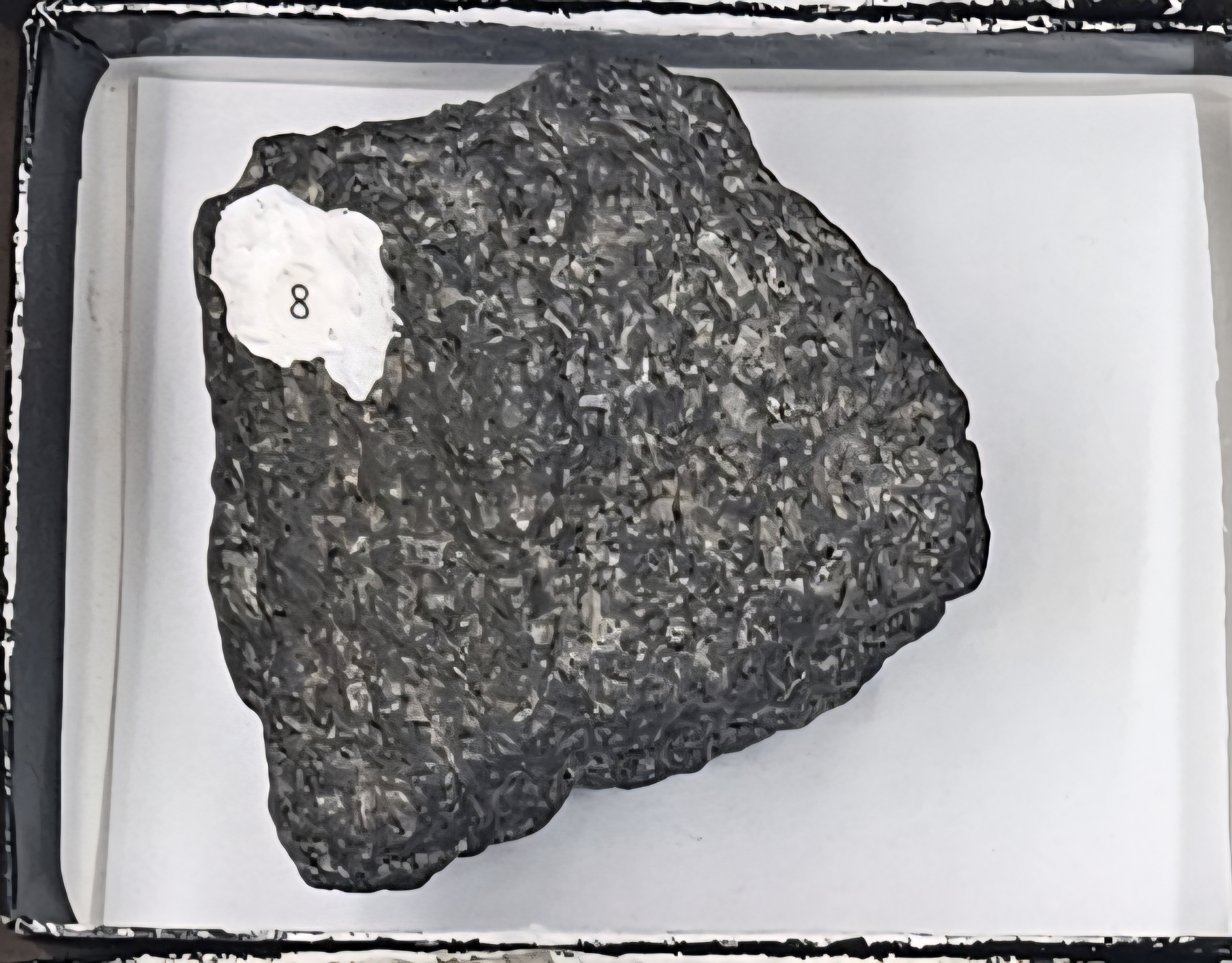
Mode of Cooling: Intrusive
Texture: Phaneritic
Mineral Composition: Mafic
Gabbro
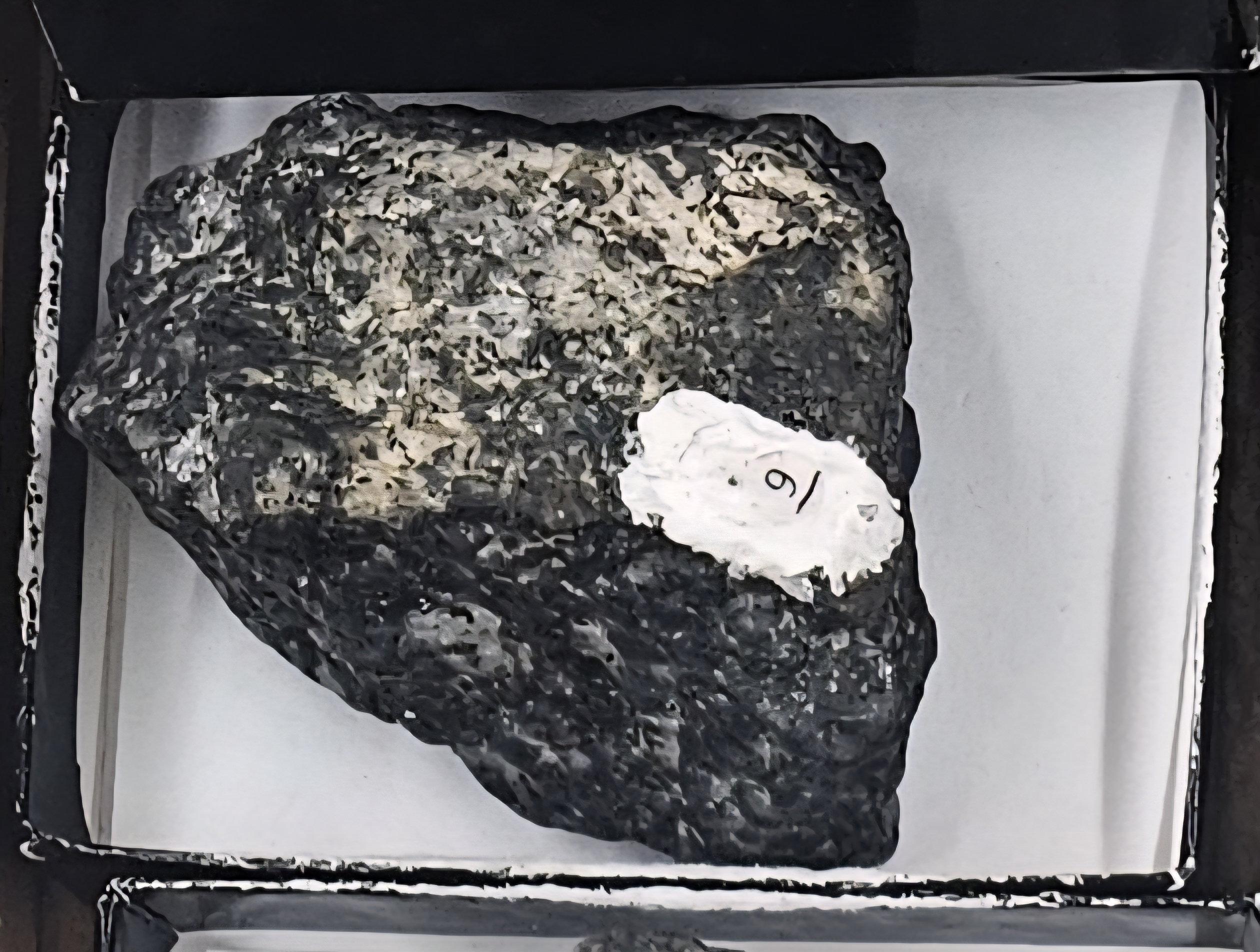
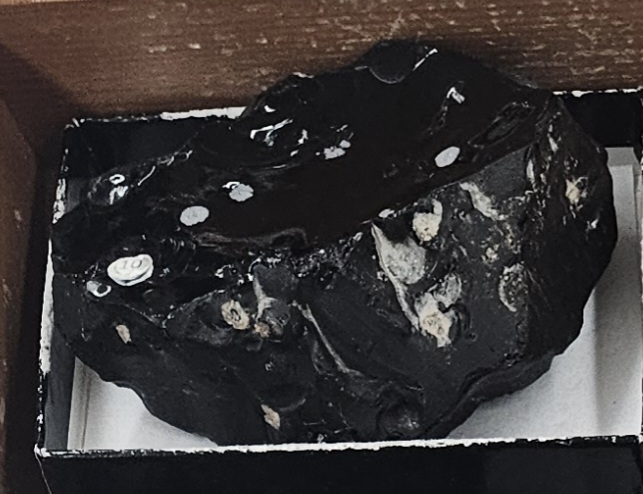
Mode of Cooling: Extrusive
Texture: Glassy
Mineral Composition: Felsic
Obsidian
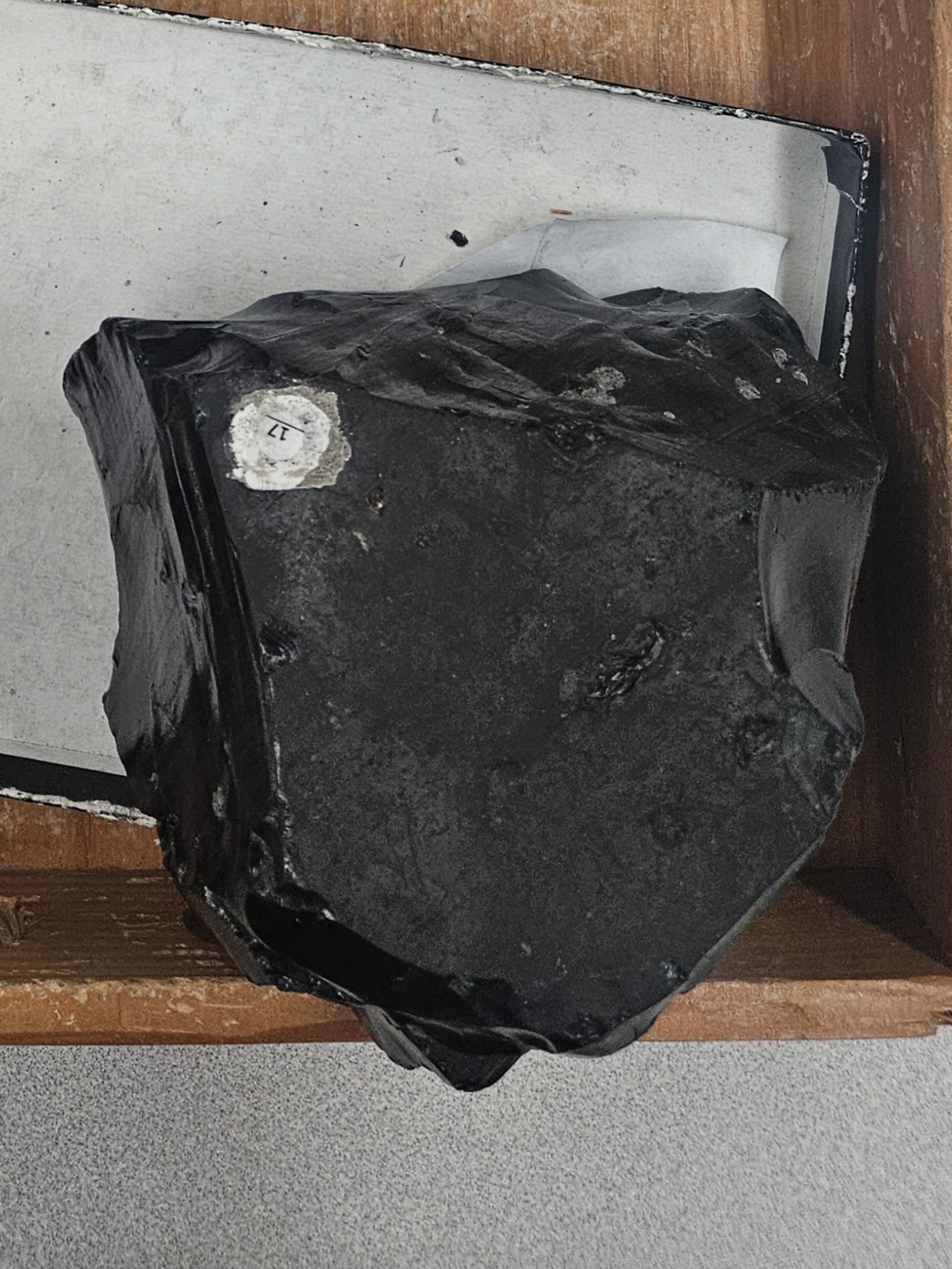
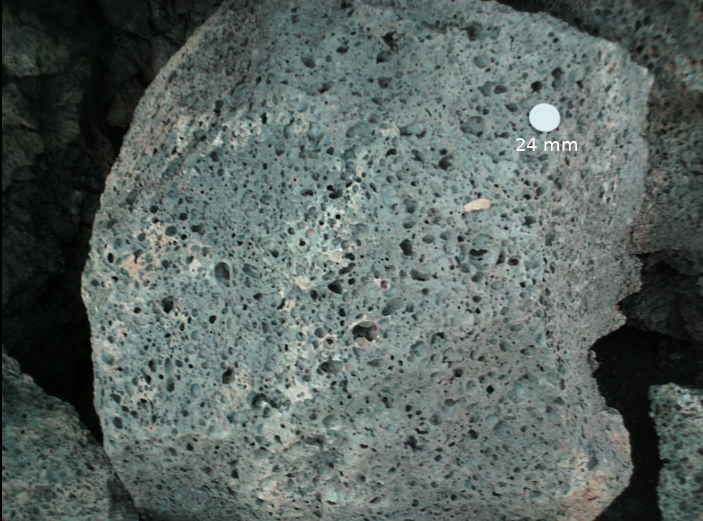
Mode of Cooling: Extrusive
Texture: Aphanetic
Mineral Composition: Mafic
Ex Note: Has visible air bubbles aka Vesicular
Vesicular Basalt
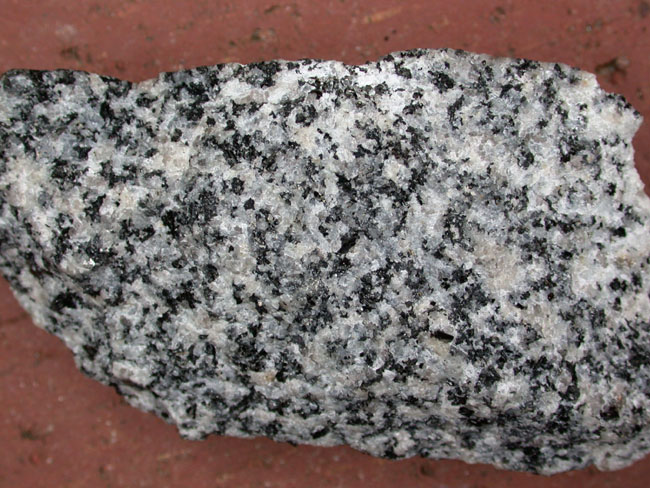
Mode of Cooling: Intrusive
Texture: Phaneritic
Mineral Composition: Intermediate
Ex Note: Has black/white dalmatian pattern
Diorite
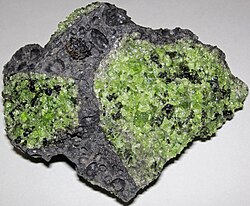
Mode of Cooling: Intrusive
Texture: Phaneritic
Mineral Composition: Ultramafic
Peridotite
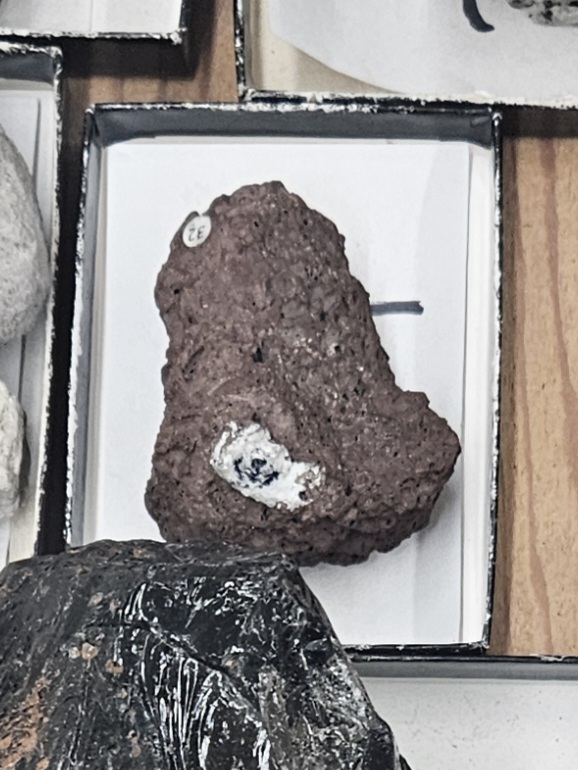
Mode of Cooling: Extrusive
Texture: Vesicular
Mineral Composition: Mafic
Ex Note: Has visible air bubbles aka Vesicular
Scoria
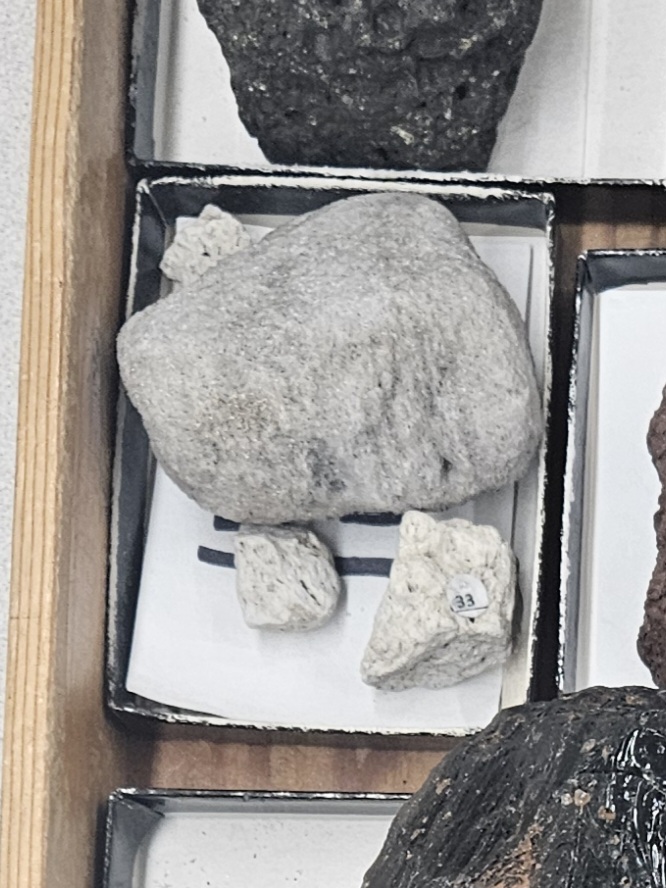
Mode of Cooling: Extrusive
Texture: Vesicular
Mineral Composition: Felsic
Ex Note: Has visible air bubbles aka Vesicular
Pumice
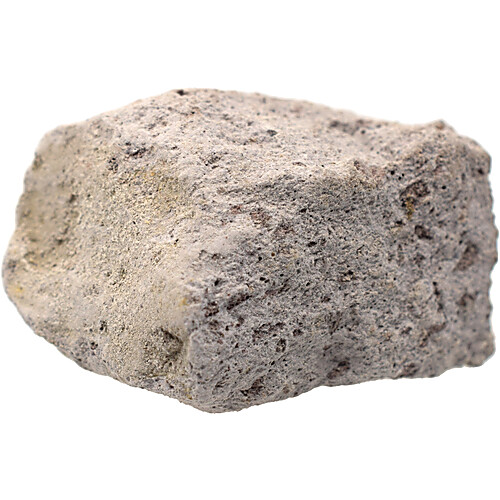
Mode of Cooling: Extrusive
Texture: Aphanitic
Mineral Composition: Felsic
Rhyolite
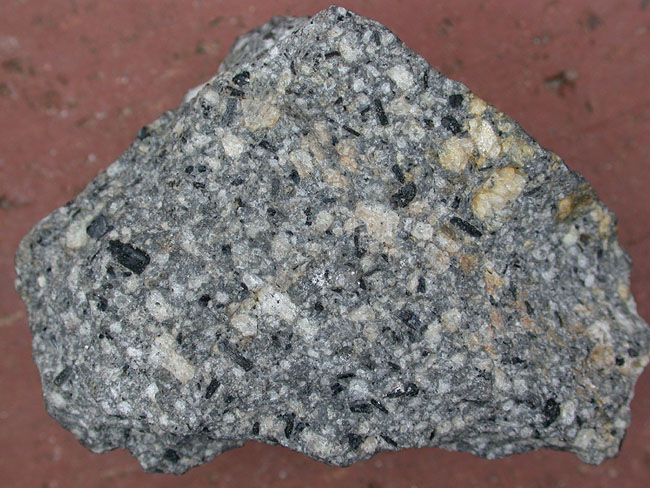
Mode of Cooling: Extrusive
Texture: Aphanetic
Mineral Composition: Intermediate
Andesite
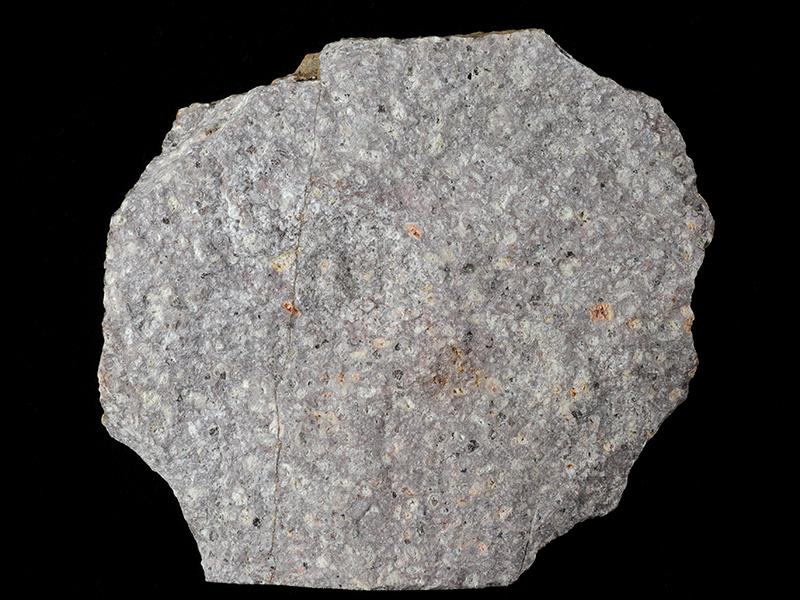
Mode of Cooling: Extrusive
Texture: Pyroclastic
Mineral Composition: Felsic
Rhyolitic Tuff
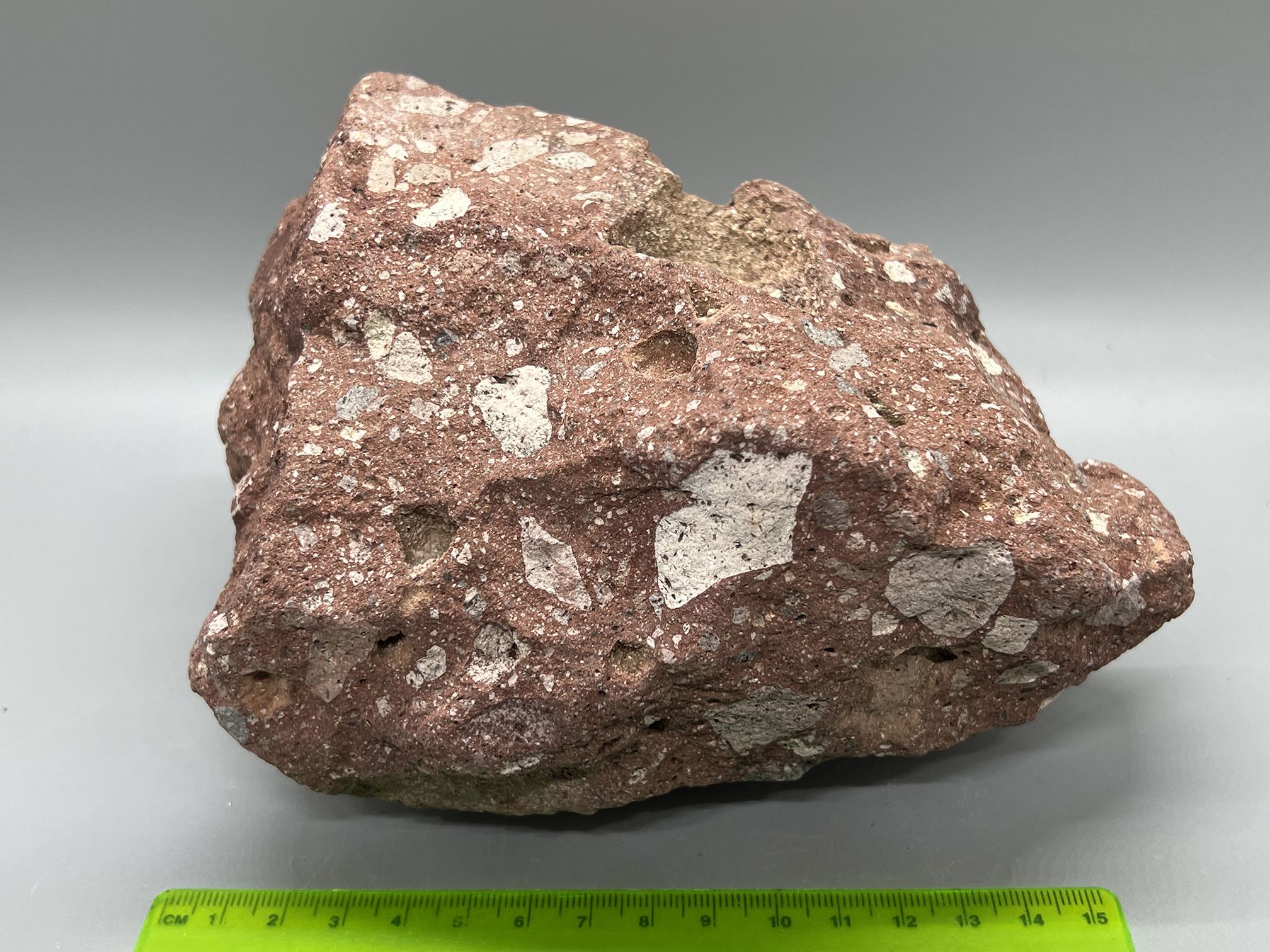
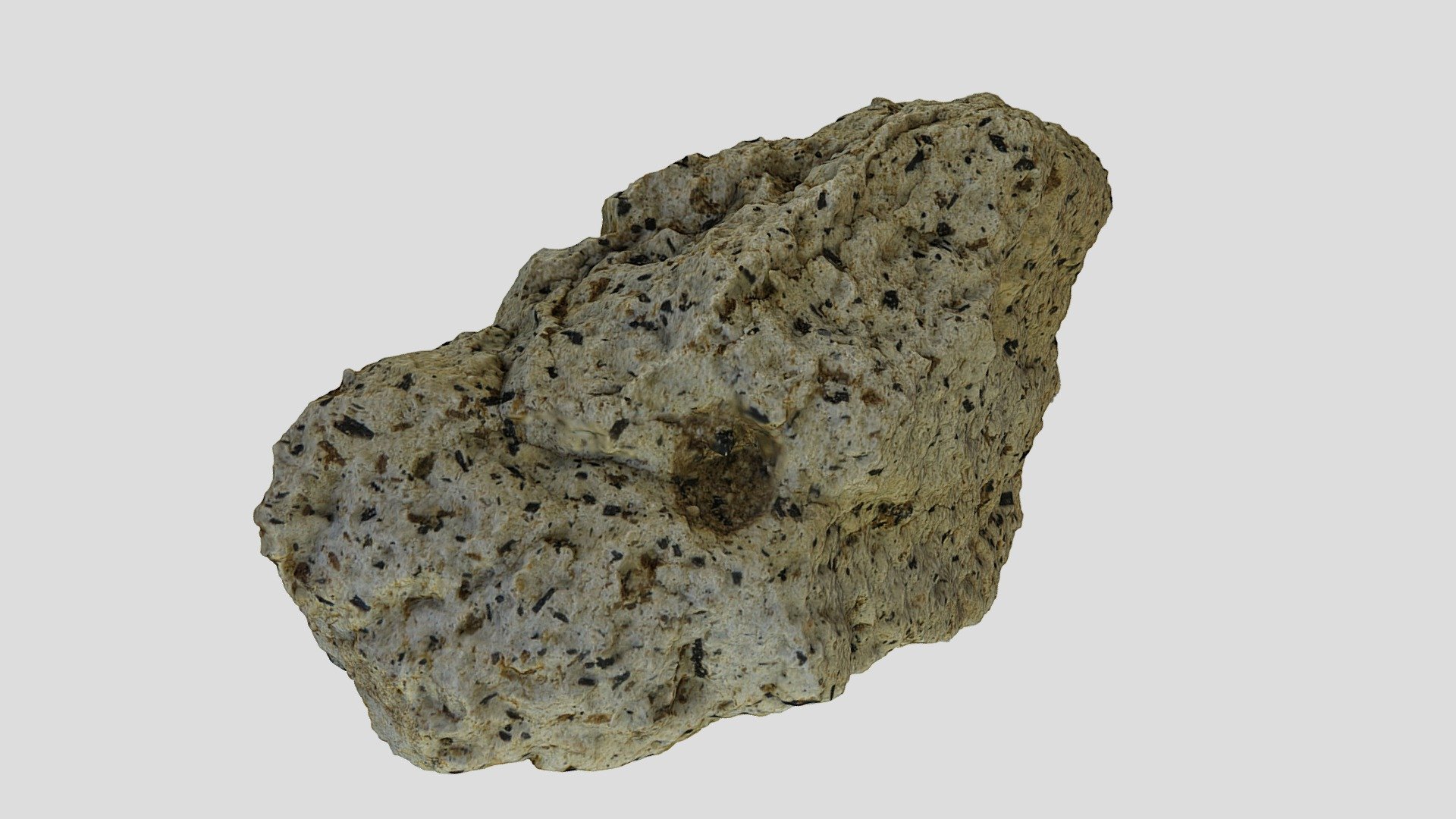
Mode of Cooling: Extrusive
Texture: Pyroclastic
Mineral Composition: Intermediate
Andesitic Tuff
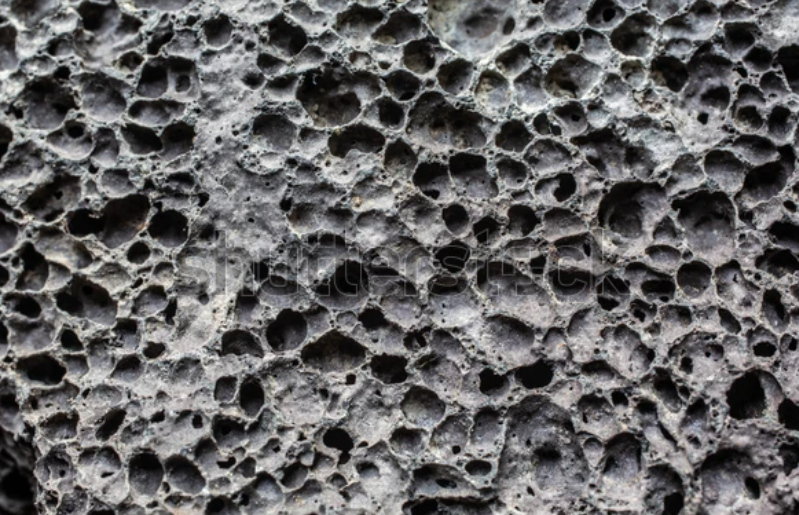
Mode of Cooling: Extrusive
Texture: Pyroclastic
Mineral Composition: Mafic
Basaltic Tuff

Aphanitic
A fine-grained rock composed of crystals of similar size that are too small to see with the naked eye. Aphanitic rocks that exhibit a small number of rounded cavities (vesicles) from gas bubbles have the term “vesicular” added to the name; e.g., vesicular basalt.

Phaneretic
Individual crystals are visible to the naked eye and are typically of roughly uniform size. Tends to form in large intrusive bodies, such as batholiths, stocks, laccoliths, dikes, and sills.
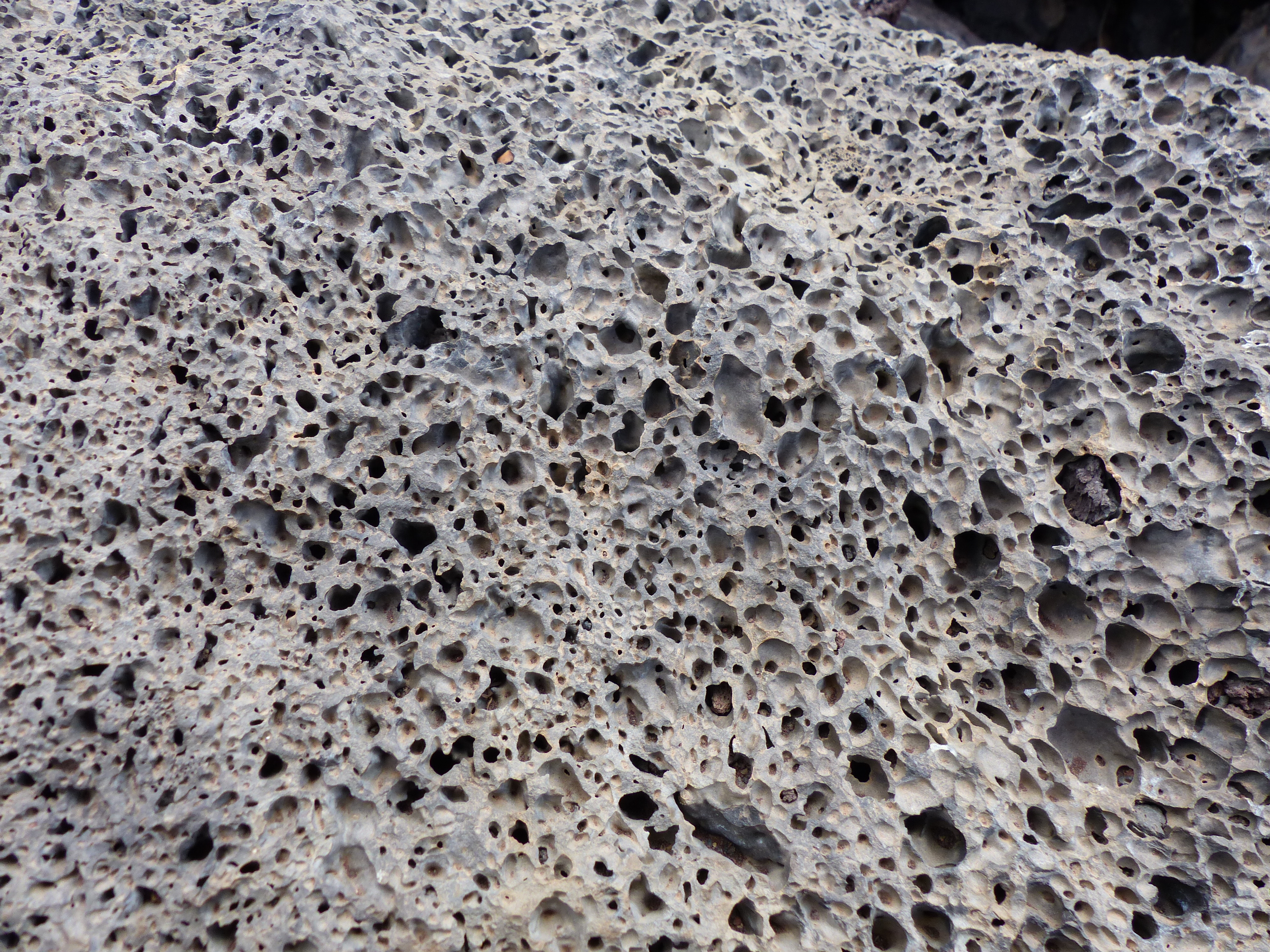
Vesicular
An aphanitic or glassy rock in which >30% of the total volume consists of roughly spherical, or partially rounded vesicles caused by gas bubbles that were trapped in the magma during rapid cooling
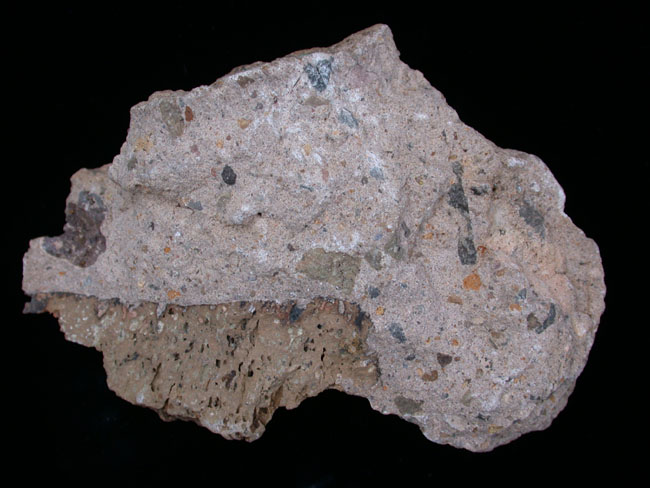
Pyroclastic
An assemblage of fragmental volcanic tephra (material ejected from a volcano). Can resemble a porphyritic texture in that larger particles are surrounded by fine-grained ones. However, the larger particles consist of ash, stones, shards, lapilli, and/or bombs that have been welded together rather than the single crystals found in porphyritic rocks. Most pyroclastic rocks contain angular open spaces (pores) between individual tephra particles.
The pores are typically microscopic, but can be >10 cm in size. Loose tephra can also be cemented by groundwater flow after it was deposited. Depending on the mineralogical composition, pyroclastic rocks may also contain chunks of pumice or scoria.
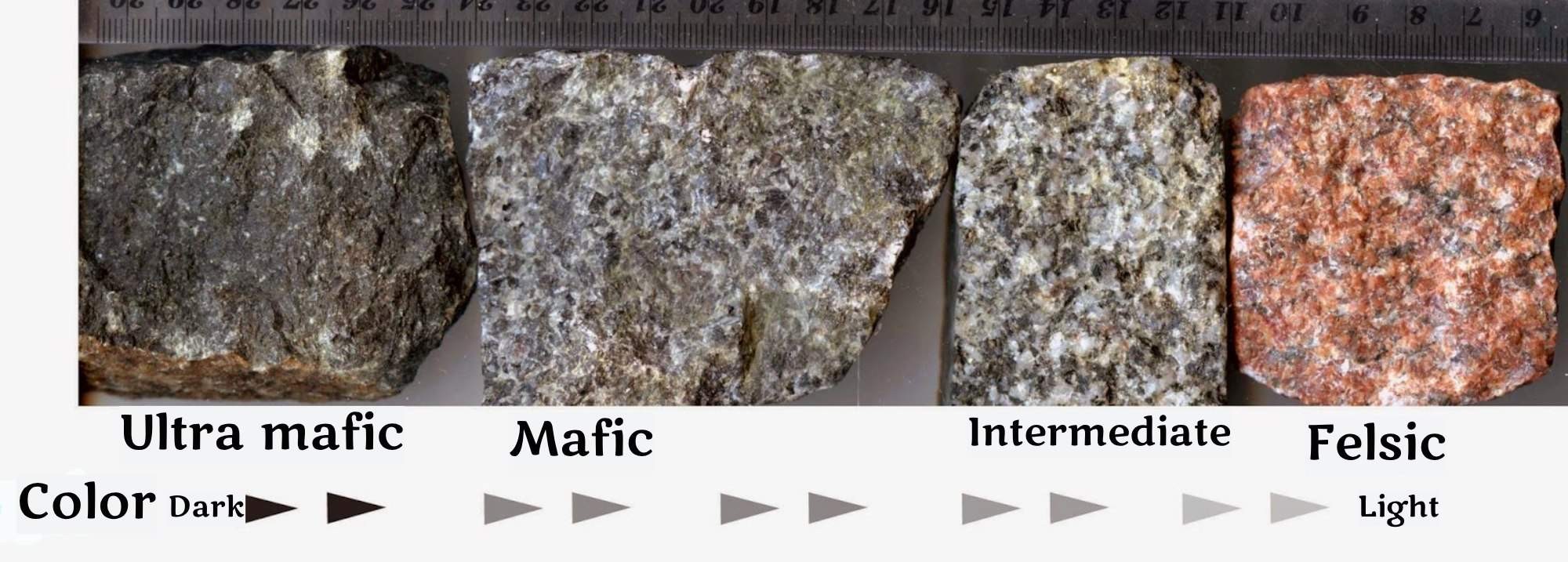
Felsic
Light-colored rocks that are mostly (>80%) composed of feldspar and silica, with at least 10% quartz content. In addition to being light colored, felsic rocks usually have a density similar to quartz, which is relatively light. The most common felsic rock is granite, which is intrusive; rhyolite is an extrusive rock that is chemically equivalent to granite.
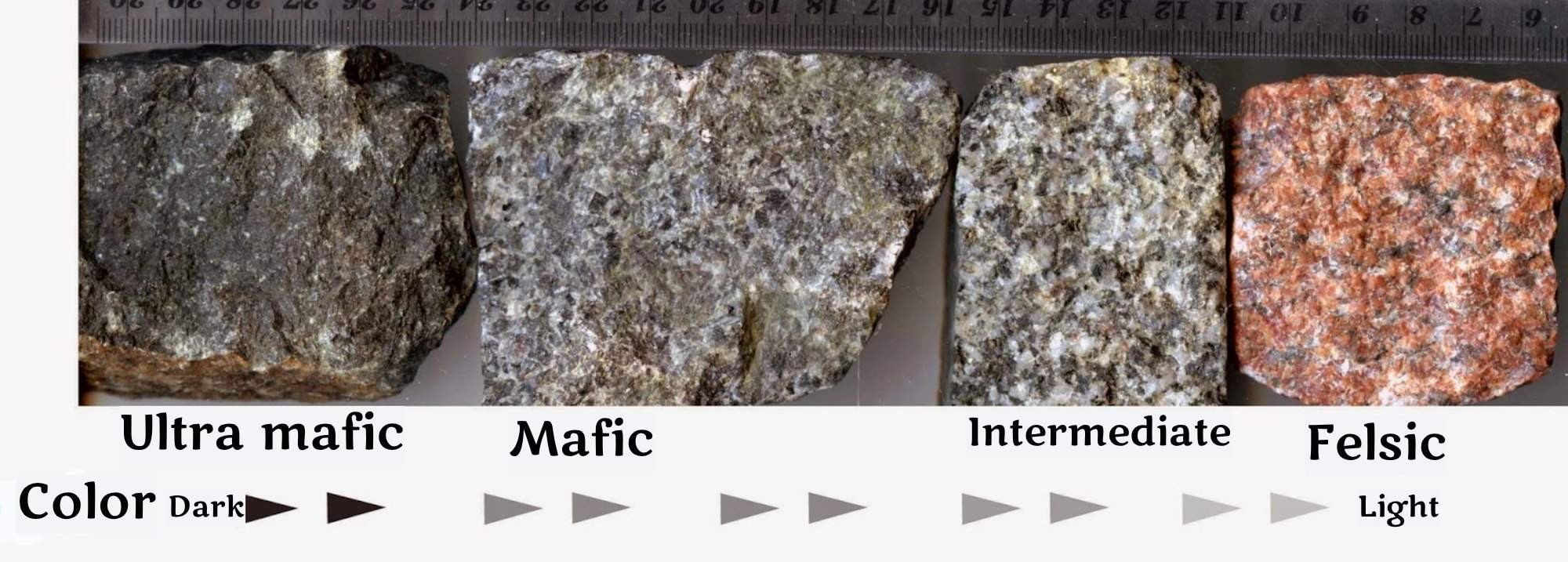
Intermediate
Rocks with a grey, greenish, or salt and pepper coloration that contain 60-80% felsic minerals, but less than 10% quartz. The most common intermediate rock is andesite, which is extrusive; diorite is an intrusive rock that is chemically equivalent to andesite
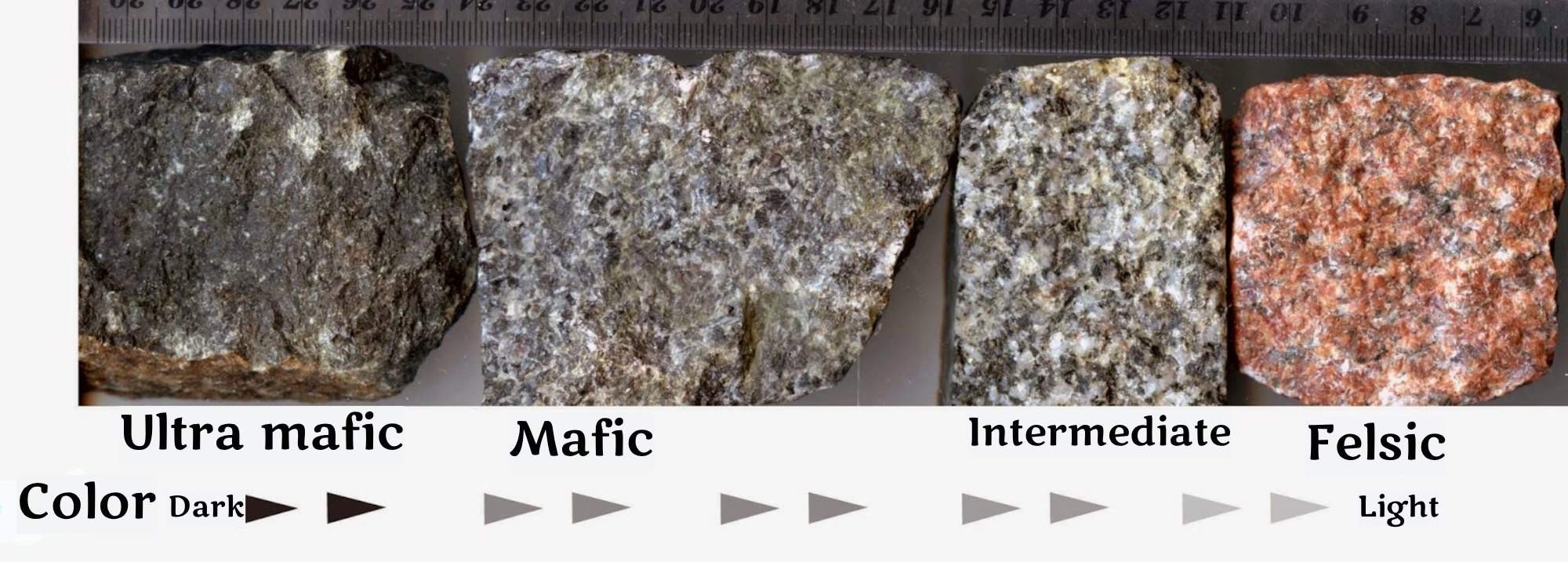
Mafic
Dark-colored rocks that contain at least 40% magnesium and ferric minerals, where ferric means that the minerals contain iron. Quartz is not found in mafic rocks. In general, the presence of iron causes mafic rocks to be more dense than felsic rocks The most common
mafic rock is basalt, which is extrusive; gabbro is an intrusive rock that is chemically equivalent to basalt.
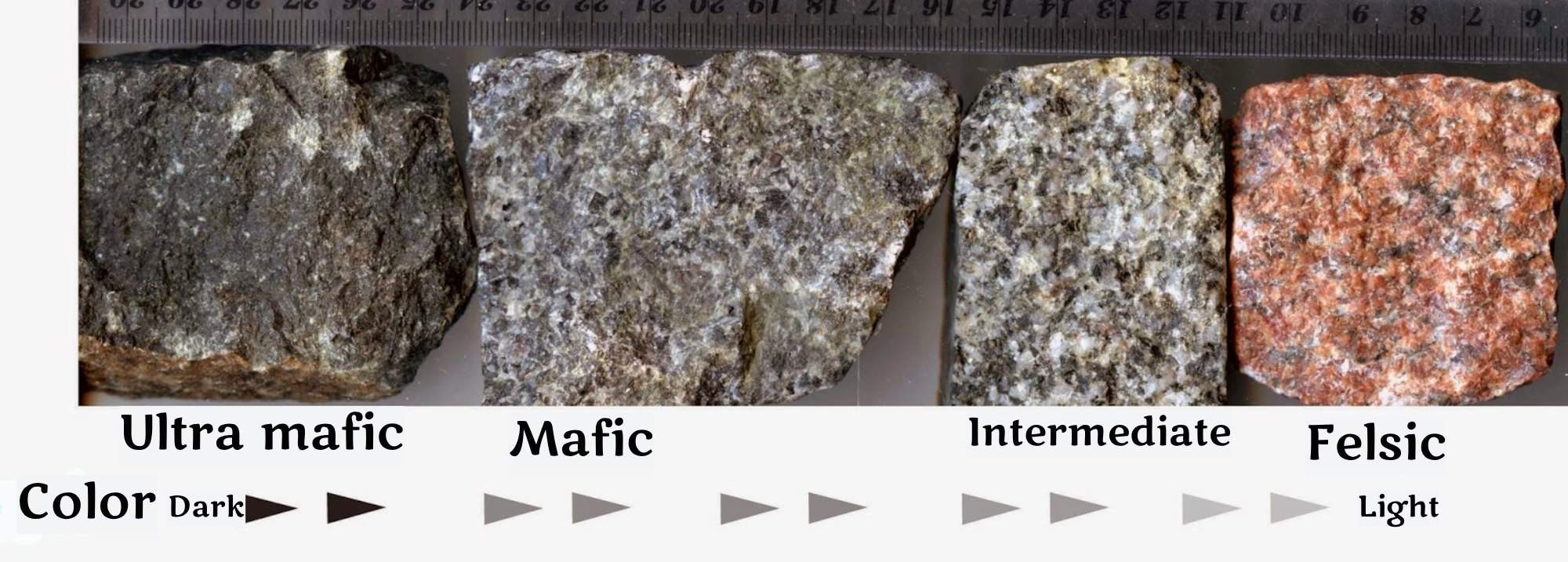
Ultramafic
Dark, dense rocks that are composed almost entirely (> 90%) of magnesium and ferric minerals. The most common ultramafic rock is peridotite; an intrusive rock that is thought to make up much of the oceanic crust, and upper mantle. The primary minerals in peridotite are olivine and members of the pyroxene family. Extrusive ultramafic rocks are extremely rare.